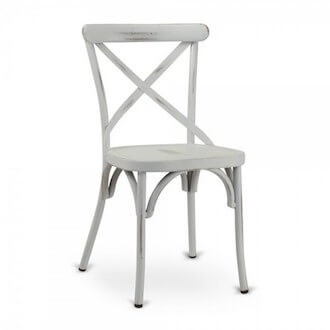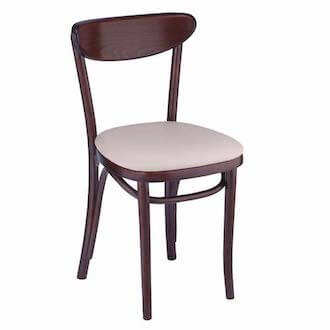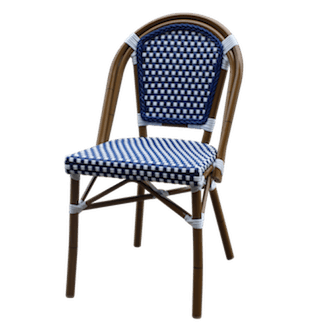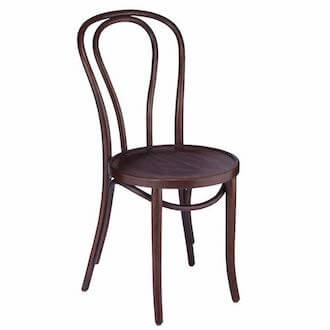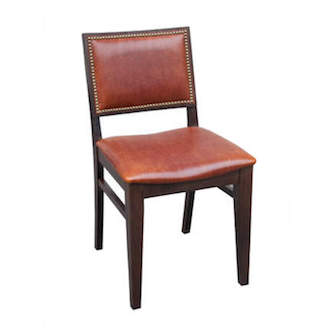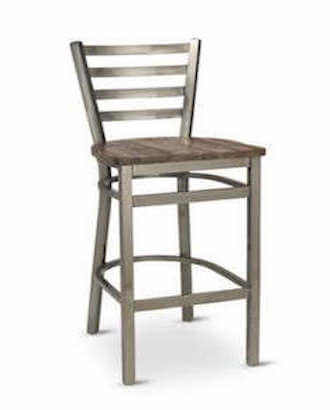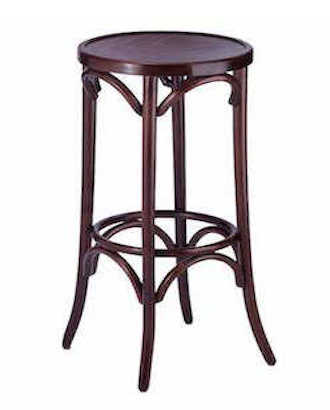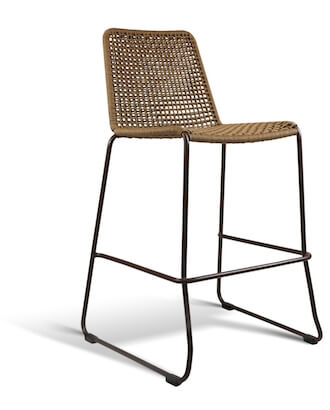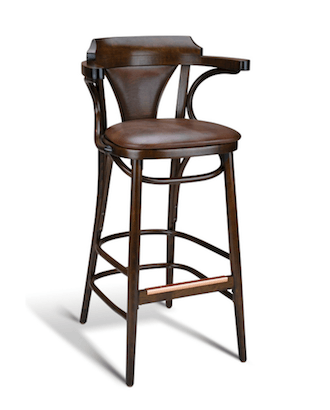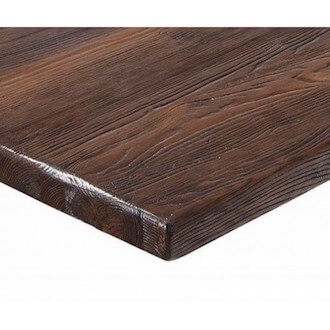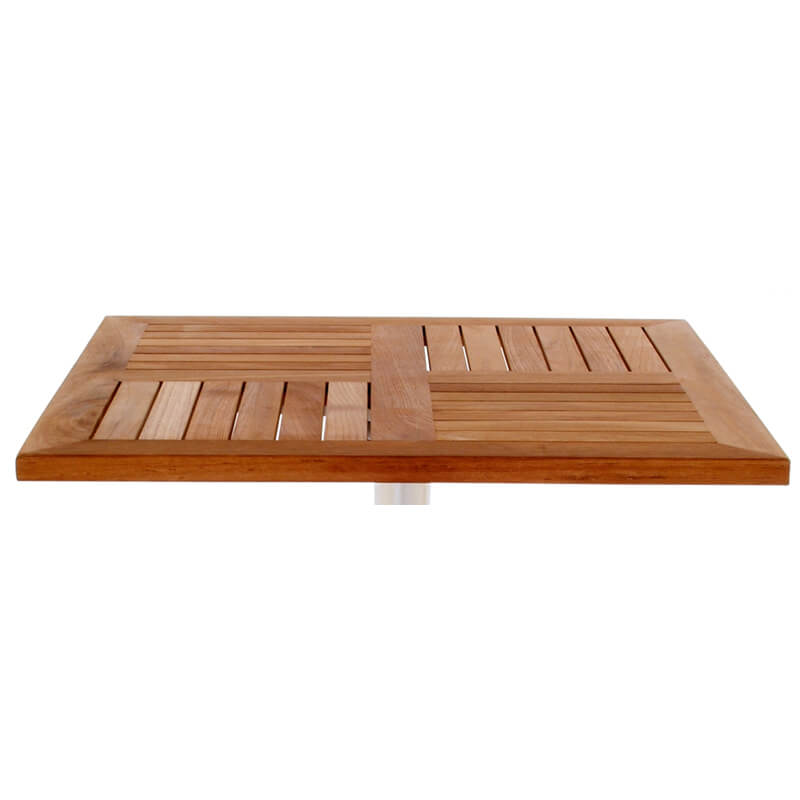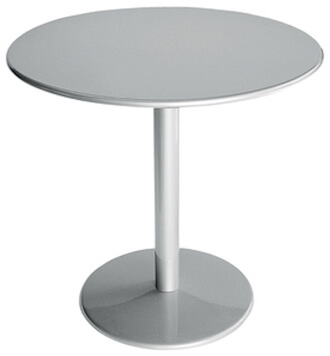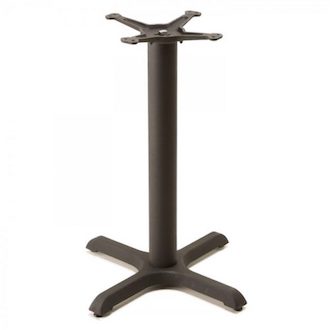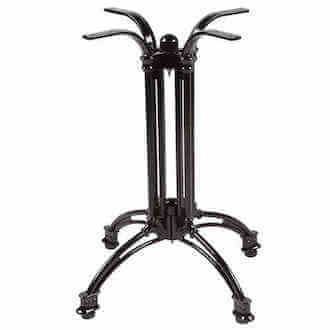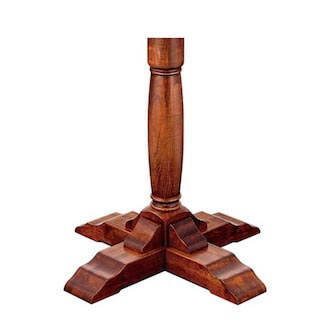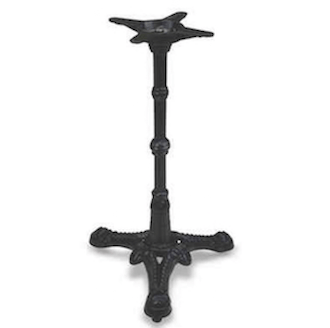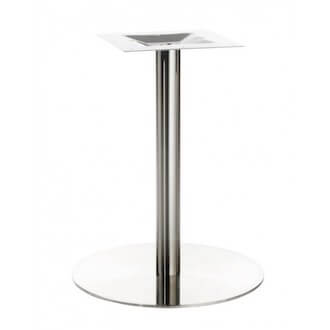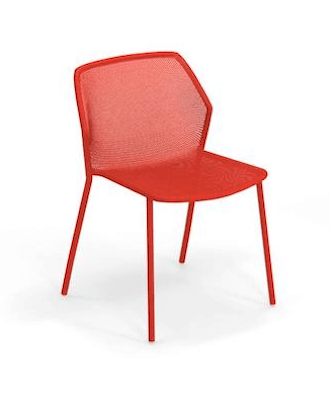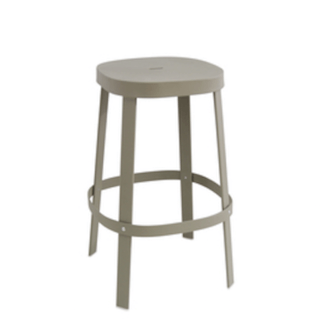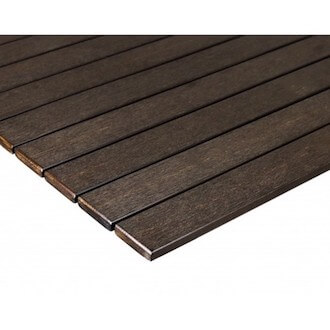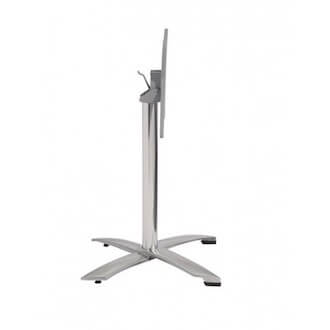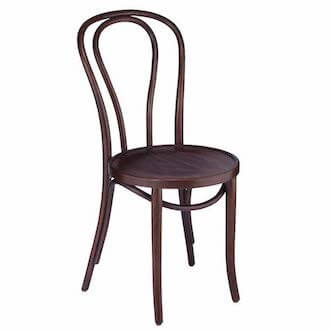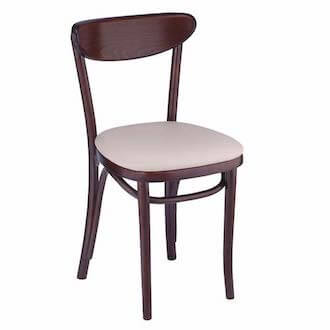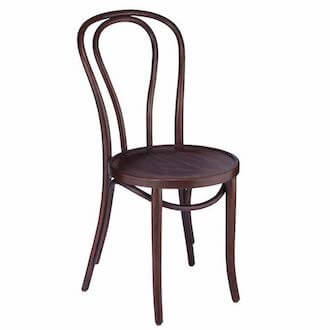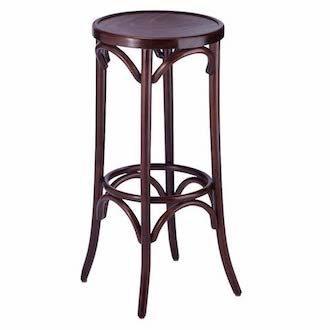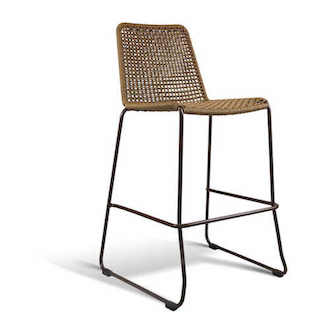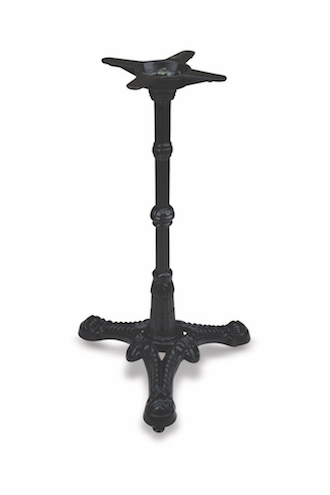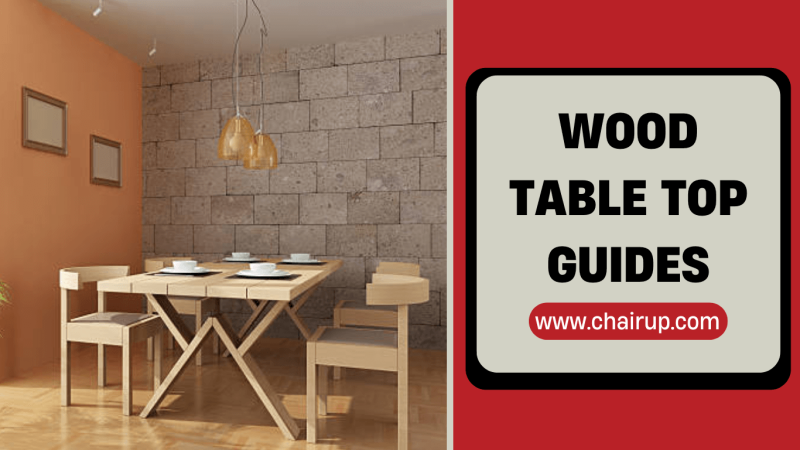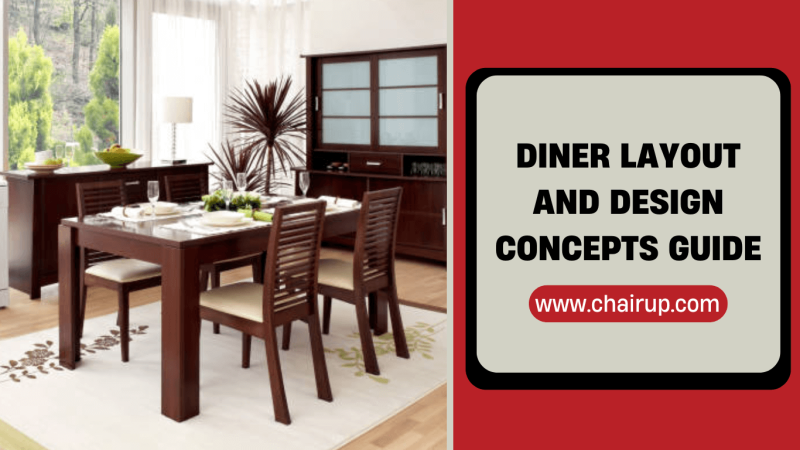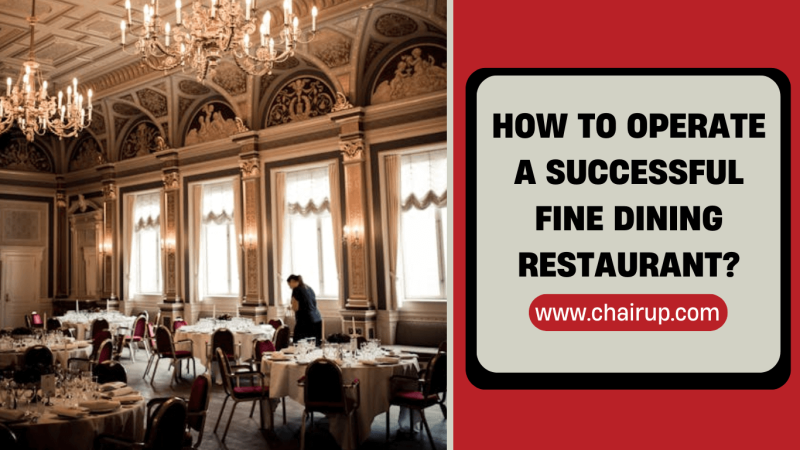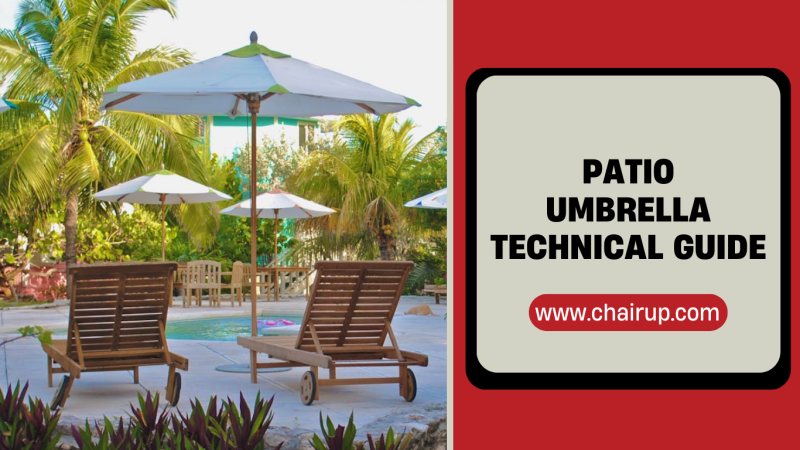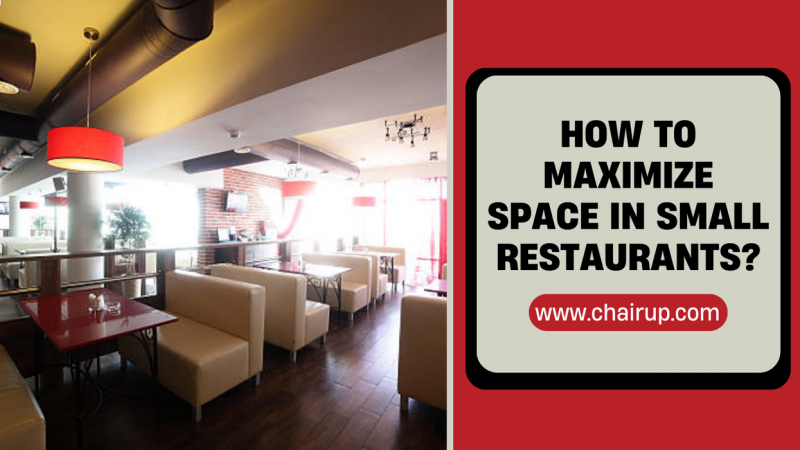
Are you looking for a patio umbrella? It can be an excellent investment since it uplifts the outdoor seating, and we all know it looks great. Outdoor décor can be incomplete without a good umbrella, so if you decide to add a good one to your patio, there will be some factors that you must ensure before making a purchase. Starting from the size of the umbrella, here are all the features you must keep in mind.
Buying Patio Umbrella: The Things to Consider

There are different kinds of commercial and residential umbrellas for the outdoors. The difference between commercial and residential patio umbrellas is that the former is larger, and made for public places where a larger number of people are present. Moreover, these umbrellas are heavier so they need to be screwed to the base so they do not fall. Commercial umbrellas are more of a style thing than to serve as shade and they are higher than residential umbrellas therefore, the purpose of providing shade diminishes if the sun is not overhead. Additionally, there is an automatic opening and closing mechanism on these umbrellas, making them more complicated for some homeowners who like simpler designs.
On the contrary, residential umbrellas are smaller and lighter. These umbrellas are for occasional use, which means that the mechanism is more delicate and the umbrella will be simpler to use. An outdoor patio umbrella used at home can be of different sizes to suit your sitting area. The right size of umbrella can be the best fit. If you measure the floor space of the patio, you can calculate the number of umbrellas needed for the patio. Here are the steps to follow for the best selection of patio umbrellas.
-
Determine Your Patio Umbrella Size
The first question that any shopkeeper would ask an umbrella buyer is the size of their patio. If you do not know the measurement exactly, you can share the size of the sitting arrangement that you want to cover. For example, the patio has a three-seater couch, three chairs and a center table, you can tell the vendor about it so they can determine the covered area expanse to offer you the right size of the umbrella. However, if you have the patio size, it would work best.
|
Table Size |
Umbrella Size |
Popular Table Size |
|
30” with two chairs |
7 feet canopy |
24x24, 30x30, 24” round, or 30” round. |
|
36” with 4 chairs |
9 feet |
36x36, 30x48, 36” round. |
|
Up to 48” |
11 feet canopy |
42” round, 42x42, 30x60, 30x72, 48” round, 48x48, 60” round. |
-
The Sitting Area
The patio sitting area size is also a determinant of the umbrella size. As mentioned earlier, the size of the seating arrangement that needs to be covered is what decides the correct size of the umbrella. If you have a large patio area, but the seating arrangement is only three or four chairs around a small table, measuring the patio size will not be the accurate way to determine the right umbrella size. If you are interested in getting the correct size, mentioning the area to be covered is more effective than mentioning the total area of the patio.
-
Selecting the Mechanism
Nowadays, you can find all kinds of patio umbrellas from automatic, to semi-automatic and manual. The automatic umbrellas have a hydraulic system, which slowly opens the canopy at the push of a button. Similarly, semi-automatic umbrellas have levers to wind the umbrella, but they open with a button. Manual umbrellas have joint spokes that need to be straightened with a hand, and the closing action is also similar.
Commercial umbrellas are usually fully automatic and need a sturdy support that will keep them attached to the ground. A fixed pole is often needed for this purpose, which also means that you cannot move the umbrella without moving the pole and drilling it into the ground.
-
Center-post or Side-post
The two types of umbrellas commonly used for patio seating areas are the centre-post and side-post umbrellas. The centre-post is in the middle of the seating and covers the area with a circular canopy. This umbrella is most common as it is a larger version of the umbrellas you have for personal use. The centre-post umbrella is a good variation and comes in automatic, semi-automatic and manual models.
Side-post umbrellas have an arching post, which ends in a rectangular or oblong canopy. Round canopies are also a choice with a side post. These umbrellas can be installed at the side of the seating area and the canopy covers the sofa or chairs beneath. If you do not want a central pole to hinder the view, the side-post umbrella is a good choice.
Patio Umbrella Components You Must Know
There are different parts of the umbrella that one must know to understand what the different vendors are trying to sell. The patio umbrellas have some typical components, which every buyer must know.
- Umbrella Base:The base of the umbrella to be used at home is smaller, but it has to be heavy. Typically, a plastic, hollow base is available with umbrellas and users need to fill it with sand to make it heavier. Once the base is full of sand, it becomes heavier and can be set in one place. The heavy sand-filled base becomes a good support for the umbrella to stay in place. Commercial umbrellas are usually screwed to the ground to keep them in place.
- Umbrella Pole:The pole of the umbrella is made of steel and has holes to adjust the height of the umbrella in the base. If you have a smaller seating area and want a lower umbrella, you can adjust the pole in the base by passing the pin in a higher hole on the pole.
- Push Lift Mechanism: The push lift mechanism is made up of limbs under the canopy that are joined at the centre and can be bent to close the canopy. The push mechanism allows users to close and open the canopy, which is supported by the limbs of the mechanism. When the canopy is fully extended, a pin holds the limbs in a stretched state.
- Push Pulley Lift Mechanism: The larger and heavier umbrellas have this opening and closing mechanism to offer convenience for users. This mechanism includes a pulley lift and a braided rope that makes it easier to open and close the heavy canopy.
- Ribs and Hubs:The ribs are the narrow limbs, or stick-like structures that run under the canopy to support it and make it easier to open and close. These limbs are often foldable, and double up to make the umbrella shorter as it closes. Hubs, or crowns hold the ribs together and control the bending and folding action.
- Canopy:Canopy is the fabric shade that is also called the ‘umbrella’. This shade is often made of waterproof canvas or synthetic fibre which is light and can be easily washed to look new. Some canopies are plain in colour, while others are printed. Similarly, they can be circular, square or oblong, and made with varying materials.
The various fabrics used for umbrellas include:
- Olefin,
- Pacifica,
- Sunbrella
Olefin is a synthetic fibre that is popular because of its strength, colour fastness and comfort. This material is resistant to stains, mould and mildew. If you cannot wash your umbrella every week, and if you live in a humid area, this material will be a good fit for your patio. Pacifica is a premium-grade fabric that is made with solution-dyed canvas. This fabric holds color far longer than other fabrics and therefore is a good choice for people who live in sunny areas. Instead of a fading, and old umbrella, you can use Pacifica to keep your patio looking new because of a bright, and fresh umbrella. Sunbrella is known for its longevity and does not have any colour fading properties, which means you can enjoy a new umbrella for a longer period. This fabric does not wear out for decades and will look fresh even years after of constant exposure to the sun.


